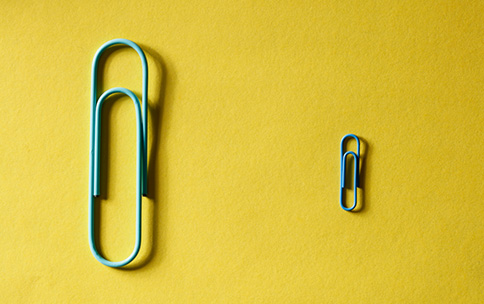
Dr. Edward Boyden, a 2013 Pioneer Awardee, and his research team developed a technique that could be a giant breakthrough for science—ironically, by making structures very small. Boyden’s team invented a way to make nanoscale 3D objects of various shapes. The technique improves on conventional methods for creating nanostructures, as many are limited to two dimensions, rely on materials limited in function, or are prohibitively slow and challenging. The new method, called “Implosion Fabrication” was an innovative adaptation of a technique developed a few years ago for neuroscience. By placing small brain tissues in a polyacrylate gel (a substance commonly found in diapers), then expanding the gel, the brain tissues also expanded, making them easier to visualize for high resolution imaging. For Implosion Fabrication, Dr. Boyden’s team reversed the process. They created a structure inside of a gel, and then shrank the gel, reducing the structure inside to one-thousandth the volume of the original—creating an intact nano-sized 3D object.
How was this done?
First, Dr. Boyden’s team began with polyacrylate gel as scaffolding. The gel was bathed in a liquid, containing the light-reactive molecule fluorescein, which attached to the scaffolding. Afterwards, the fluorescein molecules were precisely targeted by laser light, binding them to specific locations within the gel. This was key, as the bound fluorescein molecules acted as a ‘sticky trap’ to bind other materials the researchers could add including metals, nanoparticles, or potentially even DNA. Because of the specificity in the technique, the attached materials could be arranged to form a 3D structure. Finally, the researchers added acid to shrink the gel, which also reduced the size the object, with over a 1000-fold reduction in volume.
How could it be useful?
Dr. Boyden’s team is exploring applications for Implosion Fabrication. Some of the earliest potential uses could be in optics, creating better lenses for cell phone cameras or microscopes. Because the technique uses equipment many labs already have access to, there is widespread potential for its use in many different topic areas. The accessibility of Implosion Fabrication could act as a field multiplier, laying the groundwork for future innovative nanoscale projects, including nanoscale electronics or robots.
Reference
- 3D Nanofabrication by Volumetric Deposition and Controlled Shrinkage of Patterned Scaffolds. Oran, D., Rodriques, S. G., Gao, R., Asano, S., Skylar-Scott, M. A., Chen, F., Tillberg, P. W., Marblestone, A. H., & Boyden, E. S. Science, (2018). 362(6420), 1281-1285.



